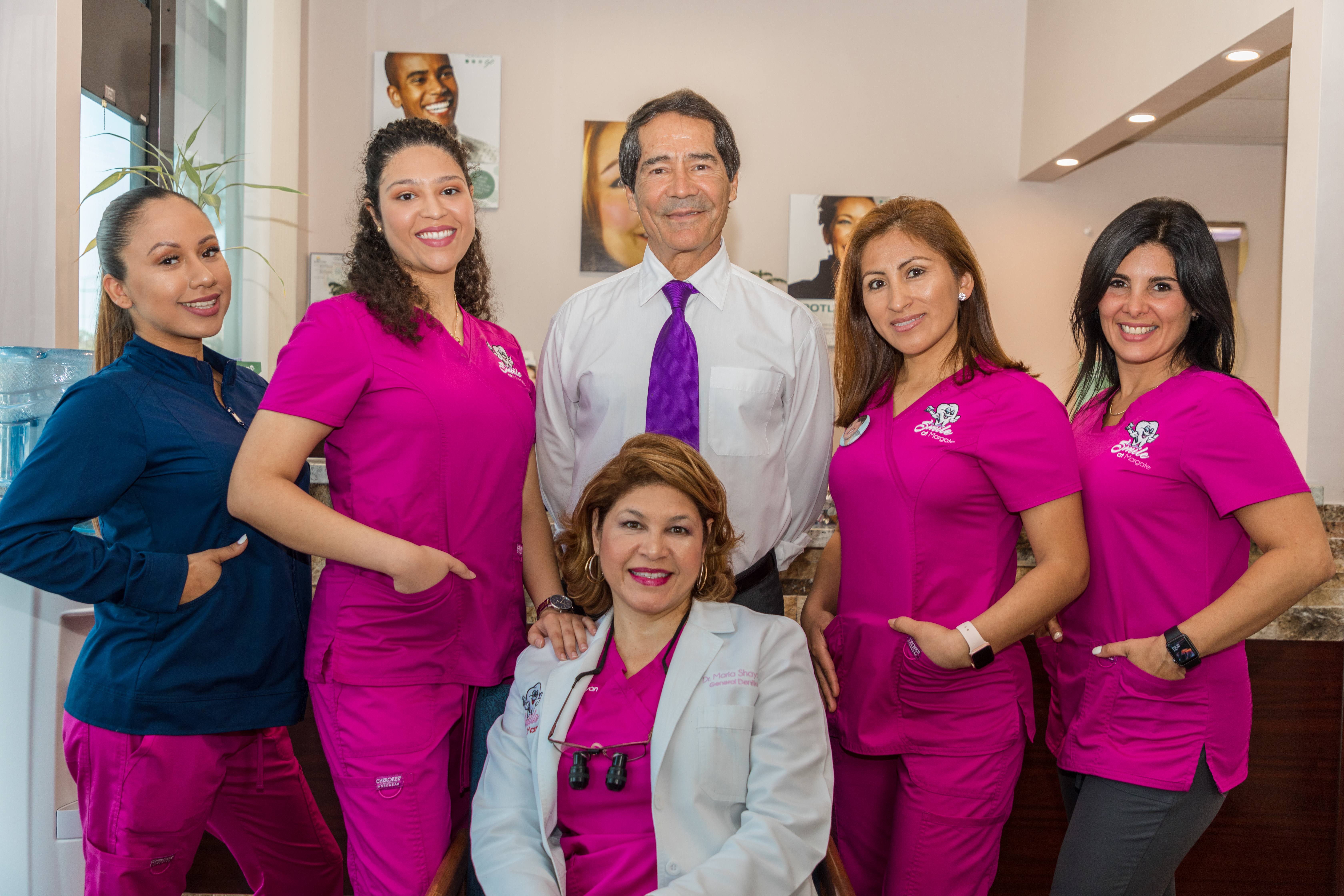Dental Biopsy Procedure
Oral tissue biopsy might be essential for injuries that can’t be analyzed based on the history and clinical discoveries alone. A careful assessment of the oral cavity should be a piece of any total head and neck examination. Around 10% of patients who are inspected will have some irregularity of the oral mucosa. The biopsy is frequently the authoritative technique that gives tissue to an infinitesimal investigation when extra information is required to control any demonstrated treatment. A gum biopsy is a restorative system in which a specialist removes an example of tissue from your gums. The example is then sent to a research centre for testing. Gingival is another word for gums, so a gum biopsy is additionally called a gingival biopsy. The gingival tissue is the tissue that promptly surrounds and underpins your teeth. Specialists utilize a gum biopsy to analyze reasons for abnormal gum tissue. These causes can include oral disease and noncancerous developments or injuries.
The advancement of a sensible differential conclusion is of prime significance in deciding whether biopsy is demonstrated. Moreover, the differential determination helps the clinician in choosing the fitting strategy if biopsy is vital.
Commonly used gum biopsies:
Incisional Biopsy
An incisional gum biopsy is the most widely recognized strategy for gum biopsy. Your specialist will remove a part of suspicious tissue and inspect it under a magnifying instrument. A pathologist can decide whether there are destructive cells in the removed gum tissue. They can likewise confirm the beginning of the cells, or in the event that they’ve spread to the gum from elsewhere in your body.
Excisional Biopsy
While doing an excisional gum biopsy, your specialist may remove a whole development or sore. This sort of biopsy is ordinarily used to take out a little sore that is anything but difficult to reach. Your specialist will remove the development alongside a portion of the close-by sound tissue.
Percutaneous Biopsy
Percutaneous biopsies are methods where a specialist embeds a biopsy needle through your skin. There are two distinct sorts: fine needle biopsy and center needle biopsy. A fine needle biopsy works best for injuries that are anything but difficult to see and feel. A center needle biopsy gives more tissue than a fine needle biopsy. This can be valuable when more tissue is required for your specialist to make a determination.
Brush Biopsy
A brush biopsy is a noninvasive method. Your specialist will assemble tissue by powerfully scouring a brush against the affected zone of your gum. A brush biopsy is frequently your specialist’s initial step if your side effects don’t require a quick, increasingly obtrusive biopsy. It’s utilized for an initial assessment. In the event that the test outcomes demonstrate any suspicious or strange cells or disease, your specialist will probably complete an incisional or percutaneous biopsy to affirm a finding.
A pathologist inspects the biopsy tissue under a magnifying lens. By taking note of the tissue cells’ sort, shape, and inward movement, much of the time a pathologist can analyze the issue. The time it takes to get results from a biopsy can differ. During a medical procedure, a pathologist may peruse a biopsy and report back to a specialist in no time flat. Last, exceedingly exact ends on biopsies frequently take a week or more. You will likely catch up with your customary specialist to examine the biopsy results.
Request an Appointment Today!

